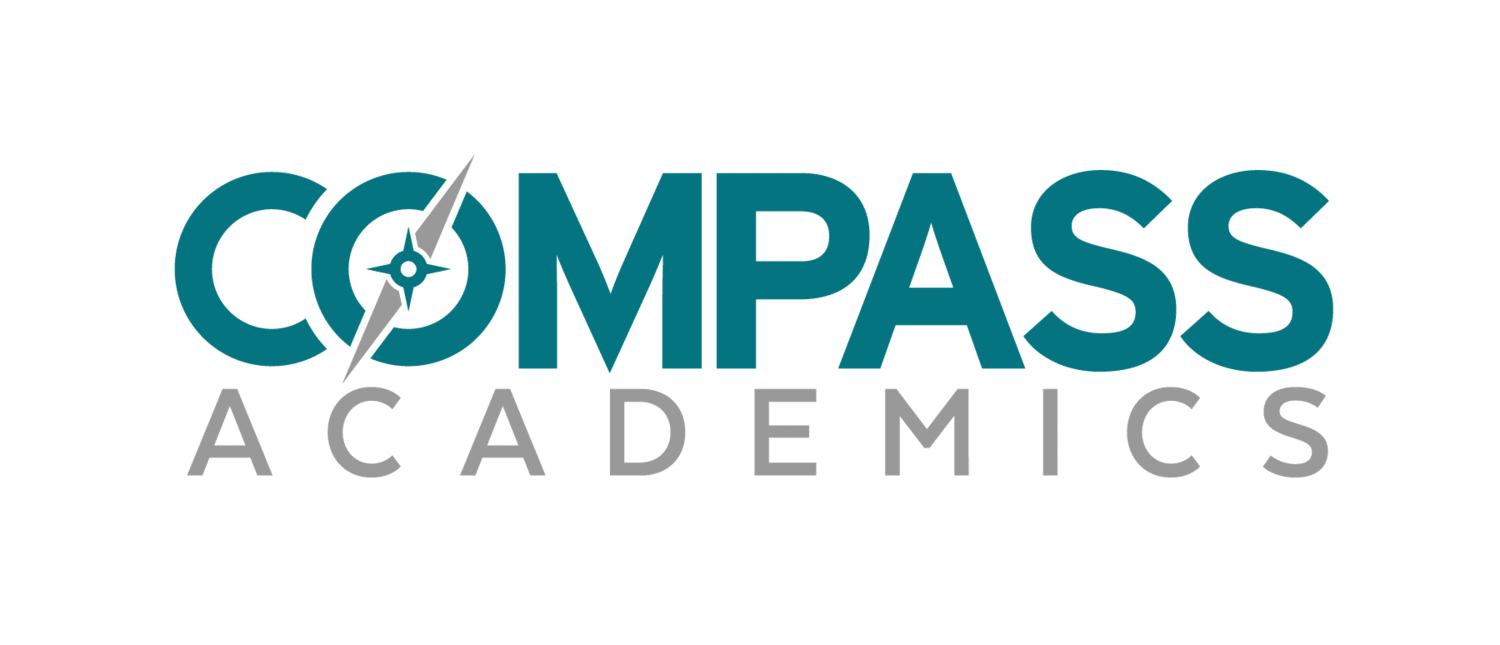College is a huge commitment — of time, of money, of energy. For many students, choosing a part-time path through higher education can help make the requirements more manageable, but full-time enrollment has some perks, too.
If you’re weighing out the pros and cons of each option, this post will help you think through your decision.
What Counts as Full-Time Enrollment?
Before we dig in any deeper, let’s make sure the terms are clear. Usually, a “full-time” student is one that’s enrolled in a minimum of 12 credit hours per semester. Many full-time students take 15 or even 18 credit hours in a semester.
Since most college classes grant 3 credit hours per class, that means a full-time student can expect to take anywhere from 4 to 6 classes at a time. Most of these classes will meet for three hours a week, meaning that full-time students can expect to spend 12 to 18 hours physically attending classes.
Generally speaking, students should expect to spend 2-3 hours per credit hour engaged in class activities outside of class time each week. This time will be used reading materials, working on assignments, and studying for tests.
A full-time student, then, can easily spend 50-60 hours per week on their classes.
Part-time students are those who take fewer than 12 credit hours per semester. Usually, this means taking 1-3 classes per semester.
Difference 1: Time to Degree Completion
The biggest difference between part-time and full-time enrollment is probably the time it will take to complete a degree. On average, students can expect to take 15 hours per semester to complete a degree in four years.
Those who take fewer classes will obviously take a longer time to achieve the same amount of credits and earn their degree.
In addition, students who take only very part-time classes may find themselves facing added challenges if their degree takes too long to complete. Some program requirements may change, leaving students who earned credits years earlier out of compliance with the new demands and adding even more time to completion.
The bottom line is that full-time enrollment has a clear benefit in getting students through their programs faster.
Difference 2: Ability to Work
One of the primary reasons students choose part-time enrollment over full-time options is so they can have more time to work to help pay for their studies and other financial responsibilities.
Many full-time students find their schedules too demanding to hold a steady job. In fact, the National Center for Education Statistics reports that in 2020, only 40% of full-time undergraduate students were employed while 74% of their part-time counterparts had employment.
Being able to work while pursuing a degree can grant more flexibility when it comes to funding, leaving students less reliant on costly loans and more able to pay out of pocket along the way.
If you’re planning to work while pursuing your degree, a part-time enrollment option may be best.
Difference 3: Financial Aid Options
One consideration for those choosing between part-time and full-time enrollment is impact on financial aid. Most federal aid options are available to those who enroll in at least 6 credit hours per semester (half-time status).
Some private scholarships and those offered directly from universities and colleges may be limited solely to full-time students, but there are options available specifically for part-time enrollees as well.
The most important thing is that financial aid options can be impacted by enrollment status, so make sure you’re exploring all of your options and taking funding into consideration.
There’s No Simple Answer
Every student enters college with their own unique combination of goals and responsibilities. Finding the balance between work, family obligations, and school can be a challenge, and part-time education offers many students a way to manage it more effectively.
While full-time enrollment will certainly provide a faster path to the end goal, the choice is ultimately one that has to be made based on careful consideration of what’s best for the given situation.
As you make your choice, just be sure to consider the pros and cons from multiple angles so you can be informed and confident in the path you choose.



0 Comments